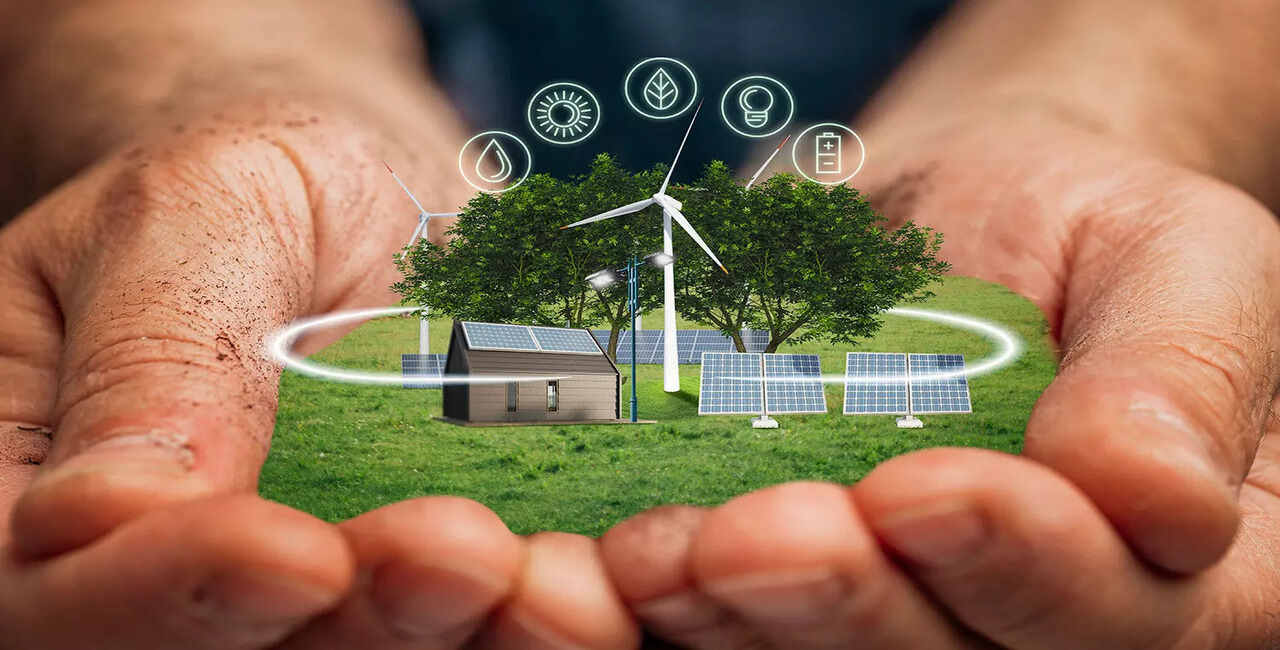Kilifi County, a coastal region long known for its beaches, tourism, and palm-lined resorts is now fast becoming one of Kenya’s most promising renewable energy hubs. In recent years, Kilifi has transitioned from small pilot projects to large-scale solar and biogas plants, marking a significant shift in how the county powers its communities, industries, and economy.
Local officials say that Kilifi’s clean energy capacity has grown exponentially, with over 43 megawatts (MW) of solar power already feeding into the national grid and more projects underway. The county’s push toward renewables is part of a broader strategy to reduce dependence on fossil fuels, attract green investment, and improve access to electricity for rural communities.
A County on the Rise
Kilifi’s renewable energy transformation is being driven by a combination of public-private partnerships, donor-funded initiatives, and local innovation. The county government has established a clear energy roadmap aligned with Kenya’s national goal of achieving 100% clean energy by 2030.
This plan has attracted both international developers and local investors. According to energy officials, the county’s diverse geography with abundant sunshine, agricultural activity, and a long coastline provides a natural advantage for solar, biogas, and even wind power installations.
At the heart of this transition is the county’s commitment to energy access and sustainability, ensuring that renewable power benefits both industrial and community users.
Also read: Why Offsite Solar Is the Future of Corporate Energy in Africa
The Flagship Projects Powering Kilifi
1. Malindi Solar Power Plant
The 40 MW Malindi Solar Power Plant, located in Langobaya, remains Kilifi’s largest renewable energy project and one of the biggest solar farms in Kenya. Developed by international independent power producers (IPPs), it supplies clean electricity directly to the national grid.
The project created hundreds of local jobs during construction and continues to employ residents for maintenance and operations. It has also spurred infrastructure improvements, including new feeder roads and power lines connecting rural zones.
2. Dakacha and Magarini Solar Developments
Two other major solar ventures, the Dakacha Solar Park and the Magarini Solar Project, are currently in various stages of planning and development. Each is expected to contribute up to 40 MW of renewable capacity once operational.
These projects underscore Kilifi’s ambition to become a clean-energy powerhouse, providing enough electricity not only for local demand but also to strengthen Kenya’s overall grid reliability.
3. Kilifi Plantation Biogas Initiative
The Kilifi Plantation Biogas Plant, generating around 1 MW, showcases how renewable energy can integrate into agriculture. Using organic waste from coconut husks and agricultural by-products, the plant produces electricity and bio-fertilizer reducing waste while promoting sustainable farming practices.
Such projects demonstrate the county’s diversified approach to energy generation from solar to biogas and mini-grids creating a balanced clean energy portfolio.
Solar Energy for Communities
Beyond utility-scale projects, Kilifi has embraced decentralized and off-grid solutions to reach remote households and rural businesses. Under the county’s “Mwangaza Mashinani” program, thousands of solar home systems and streetlights have been installed in areas not yet connected to the national grid.
These systems have transformed lives enabling children to study at night, extending business hours for small traders, and powering essential services like health clinics and schools.
In partnership with organizations such as the World Bank, NGOs, and local cooperatives, Kilifi has also launched solar-powered cold storage systems for fishermen. These solar freezers are reducing post-harvest losses and enabling small-scale fishers to sell their catch in urban markets at better prices, improving income and food security.
Investment and Partnerships
Kilifi’s progress is the result of collaborative financing models that blend private investment with donor support. The county has worked closely with the national government’s Kenya Off-Grid Solar Access Project (KOSAP) and international partners such as the European Union and the African Development Bank to fund clean energy expansion.
This multi-stakeholder approach ensures that the benefits of renewable energy are widely distributed from grid-connected factories to off-grid communities.
Private companies are also playing a key role. Rooftop solar installations on manufacturing facilities in Mariakani have helped local industries cut energy costs and reduce their carbon footprints, making Kilifi attractive for green manufacturing investment.
Balancing Progress and Environmental Protection
Despite the optimism, Kilifi’s energy transition has sparked debate over the balance between progress and environmental conservation. Some residents and activists have voiced concerns about plans to establish a large-scale nuclear power plant along the Kilifi coast, a move they argue could threaten marine life, coral reefs, and tourism.
Environmentalists stress the importance of sustainable planning and community consultation, warning that poorly managed development could harm the ecosystems that make Kilifi unique.
County leaders have responded by emphasizing that renewable energy projects, unlike nuclear or fossil fuel plants, offer cleaner and safer alternatives that align with the county’s long-term sustainability goals.
Economic Impact and Job Creation
The renewable energy boom has had a visible impact on Kilifi’s local economy. Construction of large solar plants has created temporary and permanent employment for technicians, engineers, and support staff.
Moreover, small-scale solar businesses are flourishing from installation services to maintenance and pay-as-you-go solar distribution. This has opened new income streams for local youth and women, promoting inclusive growth.
Access to reliable electricity has also boosted the tourism industry. Hotels and resorts that once relied on diesel generators are now switching to solar, cutting fuel costs and improving their green credentials to attract eco-conscious visitors.
The Road Ahead
As Kilifi continues to expand its renewable energy base, three priorities stand out:
- Completing and connecting ongoing projects to ensure that new generation capacity benefits both local users and the national grid.
- Expanding off-grid electrification, particularly in rural wards, to eliminate energy poverty.
- Strengthening environmental and community engagement, ensuring development respects local ecosystems and traditions.
Also read: Why Energy Generation Is Outpacing the Grid In Africa
The county’s Energy Plan (2025–2034) sets clear targets for public lighting, e-mobility adoption, clean cooking, and renewable-powered mini-grids. With consistent investment and transparent governance, Kilifi could emerge as a model for other coastal counties in Kenya and beyond.



